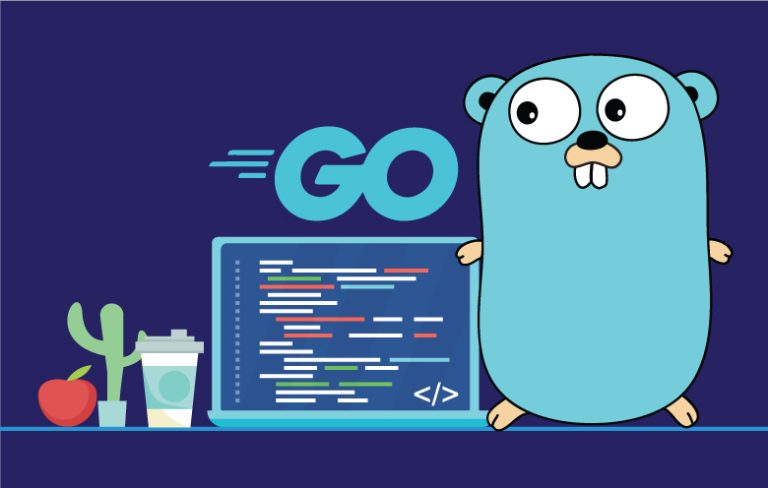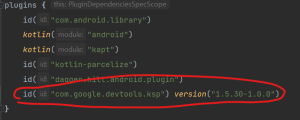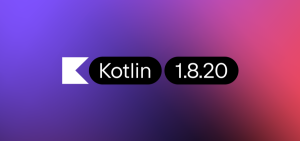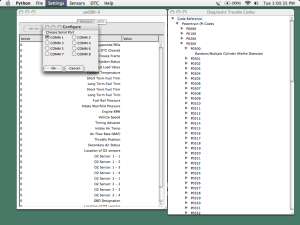Go, also known as Golang, is a programming language that was created in 2007 by Google developers Robert Griesemer, Rob Pike, and Ken Thompson. It is an open-source language that is growing rapidly in popularity thanks to its simplicity, speed, and efficiency.
Go was designed to be a systems programming language that is easy to learn and use, yet powerful enough to build large-scale applications. It is a statically typed language with syntax that is similar to C and C++, making it easy for developers who are familiar with those languages to pick up Go quickly.
One of the most notable features of Go is its concurrency support. Go was designed from the ground up to handle concurrency, which is the ability to run multiple tasks at the same time. This makes it ideal for building applications that need to handle many requests simultaneously, such as web servers or network applications.
Go’s performance is also a significant advantage. It is compiled to machine code, which means that it runs quickly and uses minimal resources. This makes it a great choice for building high-performance applications that need to run quickly and efficiently.
Go also has a large and active community of developers who contribute to its development and create libraries and tools to make programming with Go even easier. The Go community is known for its inclusivity and willingness to help others, making it an excellent language for beginners and experts alike.
Some of the most popular applications built with Go include Docker, Kubernetes, and Prometheus. These applications are critical components of modern software development and are used by companies of all sizes, from small startups to large enterprises.
In conclusion, Go is a powerful and efficient programming language that is quickly gaining popularity thanks to its simplicity, speed, and concurrency support. It is an excellent choice for building high-performance applications that need to handle multiple requests simultaneously, making it ideal for web servers and network applications. If you’re looking for a new language to learn, Go is definitely worth considering.
Advantages
There are several advantages to using Go as a programming language. Here are some of the most significant benefits of using Go:
- Simplicity: Go was designed to be a simple language with a minimalistic syntax. This makes it easy for developers to learn and write code quickly. It also helps to reduce the likelihood of errors and bugs in the code.
- Concurrency: Go was designed from the ground up to handle concurrency. Its unique concurrency features make it easy to write code that can handle many tasks at once, without sacrificing performance or speed.
- Speed: Go is a compiled language that produces machine code, which means that it runs very quickly. This makes it ideal for building applications that need to be fast and efficient.
- Garbage Collection: Go uses a garbage collector to manage memory, which means that developers don’t need to worry about manual memory management. This helps to reduce the likelihood of memory leaks and other memory-related issues.
- Safety: Go has several safety features built into the language, including strong typing and built-in error handling. This helps to reduce the likelihood of errors and bugs in the code.
- Cross-Platform: Go is a cross-platform language, which means that developers can write code on one platform and easily port it to another platform without having to rewrite the code from scratch.
- Community: Go has a large and active community of developers who contribute to its development and create libraries and tools to make programming with Go even easier. This means that developers have access to a wealth of resources and support.
In summary, Go offers several advantages to developers, including simplicity, concurrency support, speed, garbage collection, safety features, cross-platform compatibility, and a supportive community. These benefits make Go an excellent choice for building high-performance, scalable applications.
Disadvantages
While there are many advantages to using Go, there are also some disadvantages that developers should be aware of before deciding to use it for their projects. Here are some of the most significant drawbacks of using Go:
- Limited Library Support: While Go has a growing number of libraries and tools, its library support is still limited compared to more established languages such as Java or Python. This can make it challenging to find libraries for specific tasks or projects.
- Small Talent Pool: Compared to more established languages, such as Java or Python, the talent pool of Go developers is relatively small. This can make it challenging to find experienced Go developers or to build a team of Go developers.
- Learning Curve: While Go is designed to be a simple language, it still has a learning curve, especially for developers who are used to other programming languages. This can make it challenging for beginners to get started with Go.
- Lack of Generics: Go does not support generics, which can make it more challenging to write reusable code. This can lead to code duplication and make it more challenging to maintain code in the long run.
- Immature Ecosystem: While Go has a growing ecosystem of libraries and tools, it is still relatively immature compared to more established languages. This means that there may be fewer resources available for developers who run into problems or need help with their projects.
In conclusion, while Go offers many advantages, it also has some significant disadvantages that developers should be aware of before deciding to use it for their projects. These include limited library support, a small talent pool, a learning curve, a lack of generics, and an immature ecosystem.










